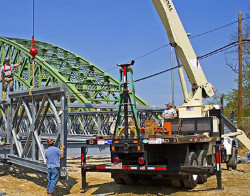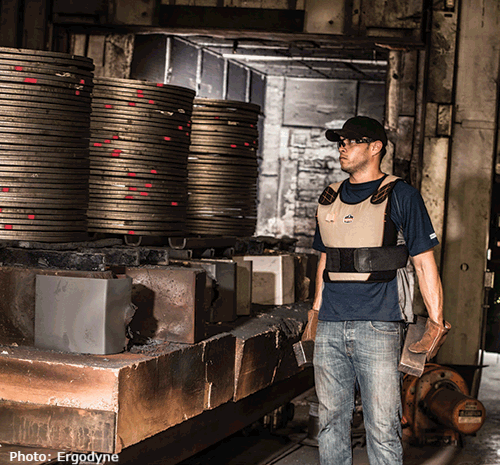May is Healthy Vision Month, a good time to remind your employees of your vision-related benefits and eye protection and safety measures, as well as precautions they can take to maintain their own eye health. Unfortunately, says the Vision Council, the modern day workspace is far from “eye-gonomic,” and day-long use of computers, combined with personal use off hours, can result in eye problems—and decreased productivity.
The Vision Council’s new report,
Eyes Overexposed: The Digital Device Dilemma, based on its fourth annual “VisionWatch Survey,” finds some issues have arisen since workers began using digital devices constantly at work and at home…Millennials are “the ultimate device multitaskers,” while adults in their 30s are “cubicle dwellers” who use computers all day on the job, then other digital devices off hours. Workers in their 40s experience the beginnings of age-related changes to their eyes, while those in their 50s and 60s are seeing the cumulative effects from years of computer and other digital use, as well as normal eye changes as they age.The Vision Council found that 60% of people use digital devices for 5 or more hours a day, and 65% experience vision problems including dry eyes, irritation, or blurred vision after spending time reading digital devices….Even going from a computer screen to looking at a smartphone can cause increased harm because workers hold the smaller devices closer (8 to 12 inches) to their face, decreasing their blinking rates and leading to dry, irritated eyes. The angles at which smartphones are held are also inconsistent, resulting in focusing issues.One of the most frightening findings from the report, says the
Post, is that that adults under 30 experience the highest rate of digital eye-strain symptoms (73%) compared with other age groups. And eye conditions that used to be found in seniors are now being diagnosed in people in their 20s and 30s! Increased computer use is resulting in workers’ eyes aging prematurely, so younger employees are developing once-rare conditions such as “accommodation spasms” and “retinal migraines.”
…What can employers do? Besides providing eye-care coverage in their health benefits,… companies can provide employees’ computers with:










